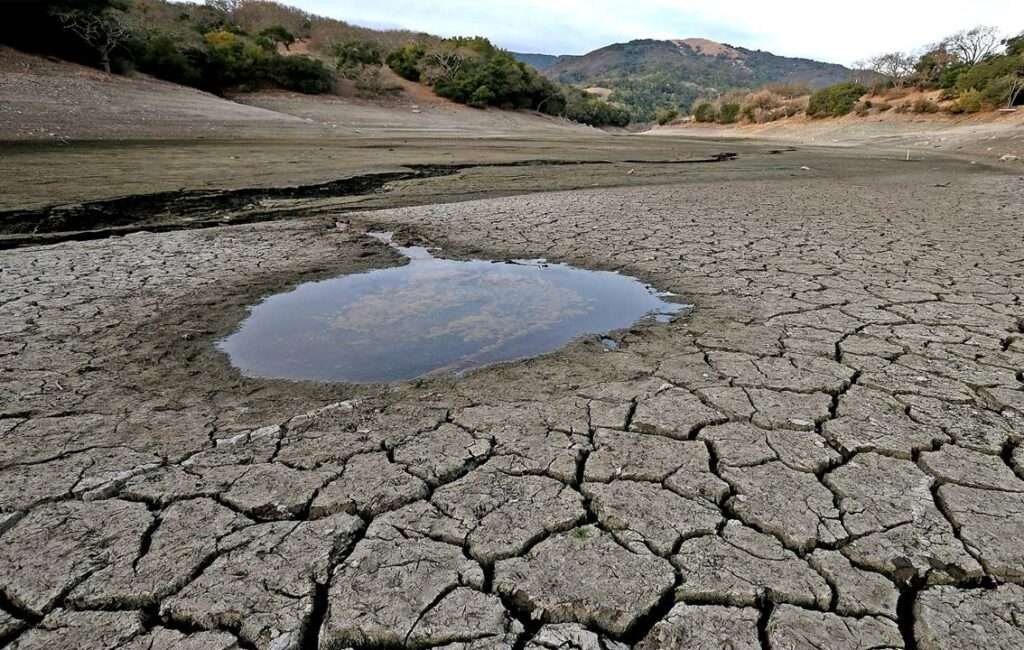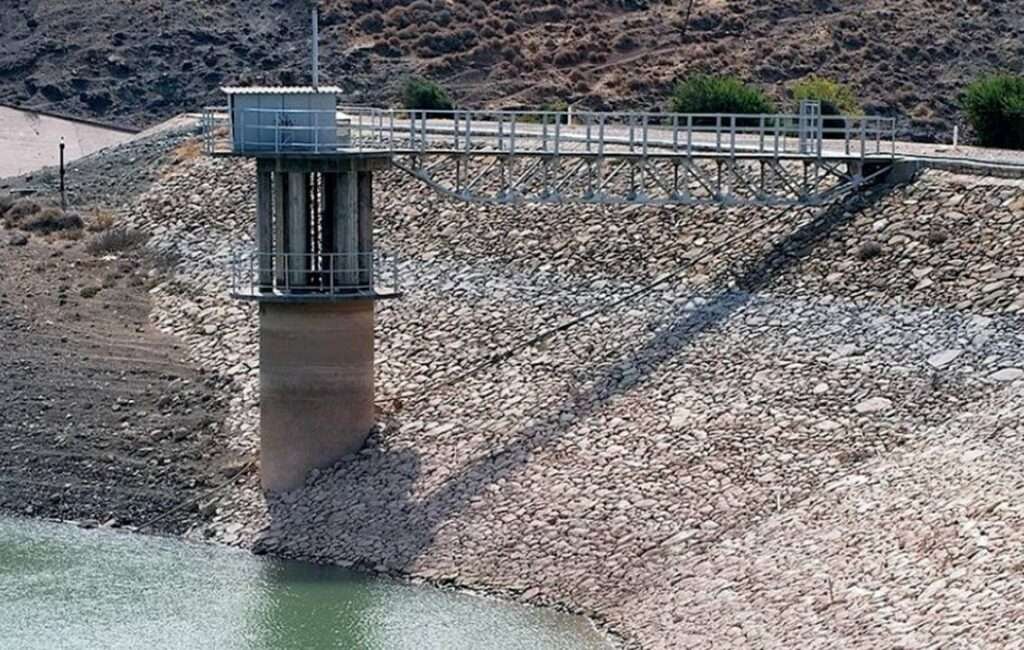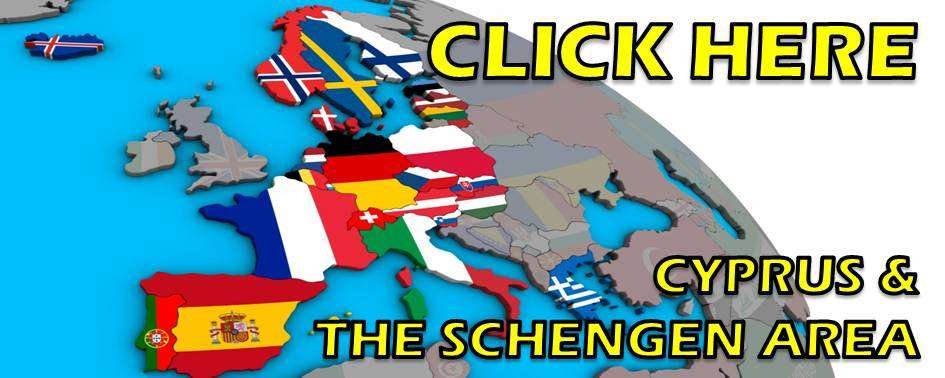

A CYPRUS WATER PROBLEM
A SERIES OF WARNINGS
Water levels in dams and reservoirs across Cyprus have now reached dangerously low levels in recent years. In light of this, water authorities constantly issue warnings about water consumption. They continuously advise that water should be consumed with caution and moderation, especially throughout the summer.
ANOTHER DRY WINTER
With this in mind, the island’s current water shortages are primarily attributed to several water retention issues that have been ongoing for some time. These include claims of water losses through ageing networks, a failure to utilise recycled water, and unequal pricing policies. These, along with one of the driest winters on record, seem to have created a perfect storm that does not bode well for the island’s current plight. Water authorities, in response, have been forced to reassess their overall water retention strategy. They are now in the process of not only repairing the current infrastructure, but also exploring new alternatives for future water retention.
NEW TECHNOLOGY IS THE WAY FORWARD
New technology has been consistently cited as the only viable solution. This has mainly come in the form of mobile desalination units. These units typically convert seawater to fresh water. Several of these units have now been installed across the island, forming part of the island’s new overall water retention strategy. Although the introduction of these units has taken longer than expected, signs of more fresh water becoming available for the future remain positive.
SAVING WATER
Water authorities have also maintained that, in spite of reports, there is still an adequate water supply available across the island. They have stated that although current water levels remain low, supply should remain stable if managed carefully. This careful management, however, has come in the form of several draconian measures that currently do not sit well with farmers and plantation owners. These two marginalised groups in particular have constantly raised numerous concerns. They maintain that the situation with regard to wholesale irrigation remains difficult, particularly within the Paphos district.
A NEW BOLD PLAN OF ACTION
A SERIES OF NEW MEASURES
Prolonged droughts in Cyprus in recent years have placed a strain on the island’s current water resources. In an attempt to address the issue, authorities have introduced a series of new measures aimed at mitigating any expected future water shortages.
A STABLE FUTURE WATER SUPPLY
The overall aim of the Water Development department is to ensure a stable future water supply. New plans, currently underway, include the installation of several mobile desalination units across the island. This new strategy is expected to expand the capacity of existing water plants.
A SHORTFALL IN LIMASSOL
Whilst all districts in the republic are facing water shortages, Limassol in particular has been severely impacted. The Limassol district is currently facing a monthly deficit of at least 1 million cubic metres of water. Desalination units placed at key locations, such as Garyllis, the Limassol port, and the village of Moni, however, are expected to help reduce this shortfall. Once fully operational, these units are collectively expected to add at least 750,000 cubic metres of water per month to the district’s water supply.
NEW PERMITS
The Water Development Department is also working on projects to improve the water supply for communities that rely on local boreholes and springs. An example of this is the plans to install a rapid filtration unit to support the greater Polis Chrysochous area. Permits for small-scale desalination units to operate at hotels have also been issued. This is to ensure an adequate water supply during the peak summer months.
IS DESLINATION THE ANSWER?
CONSISTANT WATER SHORTAGES
Cyprus has consistently faced water shortages throughout its history. This has led to successive governments maintaining a strategy that relies on a series of dams and reservoirs to combat the issue. Officials over the years have maintained that this is the best solution to the problem, despite Cyprus receiving one of the lowest rainfall counts across Europe.
NEW ADVANCES IN TECHNOLOGY
The recent water shortages seem to have finally allowed the proverbial penny to drop. This has forced water authorities to re-examine their current water retention strategies. Desalination is now at the forefront of several new initiatives. With initial successes now in place, this water retention strategy is already proving crucial for ensuring a stable and reliable water supply across Cyprus.
DESALINATION
THE WAY FORWARD
FOR CYPRUS
A SERIES OF NEW TECHNOLOGIES
Cyprus is taking bold steps to combat its current water shortages. It is doing this by embracing new technology. Existing water systems are represented by an intricate system of dams and reservoirs. Low rainfall, along with a series of natural disasters, however, has recently seen a drastic drop in water levels across the island.
A BOOST TO THE ISLAND'S WATER SUPPLY
It is thought that the installation of mobile desalination plants will soon help alleviate water shortages and improve the island’s water infrastructure. This is enforced by the fact that mobile desalination plants are already beginning to yield positive results by actively boosting the island’s water supply.
REVOLUTIONARY METHODOLOGY
Each new desalination plant has been adapted and works slightly differently. The new plant at the Potima site, near the village of Peyia, for example, remarkably has no pipes. Seawater here is extracted by drilling directly into the ground near the coast. This adaptation is quite revolutionary and may pave the way for other similar installations on the island.
DESALINATION AT PEYIA
Work on the mobile desalination unit in Peyia is now complete, and the site is fully operational, adding a daily output of at least 12,000 cubic metres of fresh, clean water to the overall Paphos water supply.
DESALINATION AT KOUKLIA
Repairs are ongoing at the desalination plant in Kouklia. Seriously damaged by fire, all operations at the site recently ground to a halt after it was closed. Although repairs are slightly behind schedule, authorities remain confident that the plant will soon be back in operation. Once fully operational, the Paphos desalination plant will add a daily output of at least 15,000 cubic metres of fresh, clean water to the overall Paphos water supply.
DESALINATION AT POTIMA
Specialised drilling is continuing at the Potima site, which uses a different method for collecting seawater. Instead of drawing seawater directly through pipes, the facility uses boreholes to channel seawater directly to the unit.
DESALINATION AT DHEKELIA
The Dhekelia desalination plant has recently been recognised as one of the top ten seawater desalination plants worldwide by a recent water desalination report. Run by the Caramondani Group, the plant maintains a commitment to quality, innovation, and sustainable water management. The Dhekelia desalination plant currently has a daily output of up to 60,000 cubic metres of fresh, clean water.
WATER RECYCLING
HIGH RECYCLING RATES
Recent water shortages have forced water authorities across the island to introduce a series of new water management strategies. One of these includes the better management of water recycling. Authorities, as a result, remain committed to ensuring that every last drop of used water is reused effectively. This is enforced by the fact that Cyprus currently has the highest rates of recycled sewage water for agricultural use within the European Union. This new recycling strategy seems to have arrived just in time, and it is now paying dividends, particularly to the Cypriot agricultural industry.
TREATING SEWAGE
Despite recent challenges, posed by drought and bureaucratic slowdowns, treated sewage water that was once discharged into the sea is now being recycled at treatment facilities across the island. This water retention strategy forms part of the larger picture and is mainly used to support farmers and plantation owners. It is also helping to preserve otherwise fresh water for other domestic uses.
EXPANDING INFRASTRUCTURE
Major progress in recycled water resource management has recently been achieved. Recycled water not only supports the agriculture sector but also the island’s long-term water sustainability strategy. In light of this, the island has successfully expanded its infrastructure to reuse and store recycled water.
NEW IRRIGATION SYSTEMS
Current systems are being upgraded, along with new ones being installed across the island. New water storage facilities now include industrial tanks, as well as dams and reservoirs. New irrigation systems are also now in place to make better use of treated sewage water. The dam in Tersefanou, within the Larnaca district, and the new tanks in Western Nicosia are already in place for this type of water retention. Transfer networks and treatment upgrades within the Famagusta district and Eastern Nicosia are still in planning stages due to land allocation delays, but they should be coming online soon.


